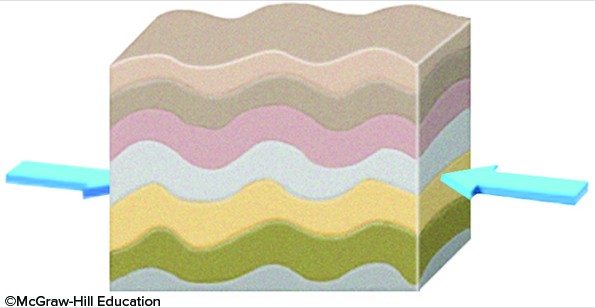The Hubbard Glacier in North America is an example of which kind of glacier?
A) Valley
B) Ice Sheet
C) Piedmont
D) Cirque
Answer: A
You might also like to view...
What is the relationship between the light emitted by an atom and the energies of the electrons in the atom?
A. The light emitted by an atom is a function of its nuclear density and its ability to absorb and reflect various wavelengths of light from the electromagnetic spectrum. B. The greater the frequency of a photon of light, the greater the energy packed into that photon. C. The larger the atom, the greater the number of electrons and therefore the greater the frequency of a light. D. The energies of the electrons of an atom are directly proportional to the wavelength of light emitted and therefore inversely proportional to the frequency of the light emitted.
Working in a small group, discuss what natural hazards your part of the country might experience
Then contact public agencies to see what sort of disaster preparation plans are in place to get local people ready for such an event and to help them after disaster strikes. Finally, evaluate those plans and put together a document with suggestions as to how they might be improved.
If you had this type of deformation of a region, it would
A. thin the crust and cause uplift. B. thicken the crust and cause subsidence. C. thin the crust and cause subsidence. D. thicken the crust and cause uplift. E. None of these choices are correct.
Negative feedback processes tend to function within ecosystems to ________
A) stabilize the ecosystem B) reinforce harmful changes C) cause ecological relationships to flourish D) cause further ecological destruction. E) cause ecological relationships to disintegrate